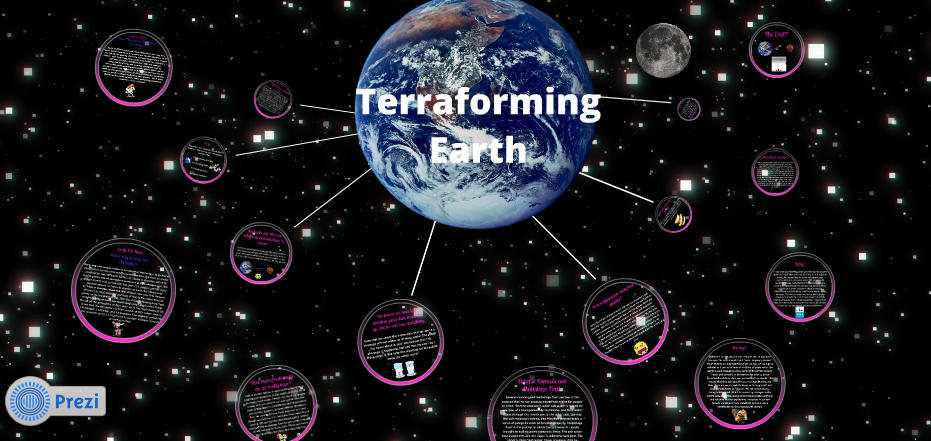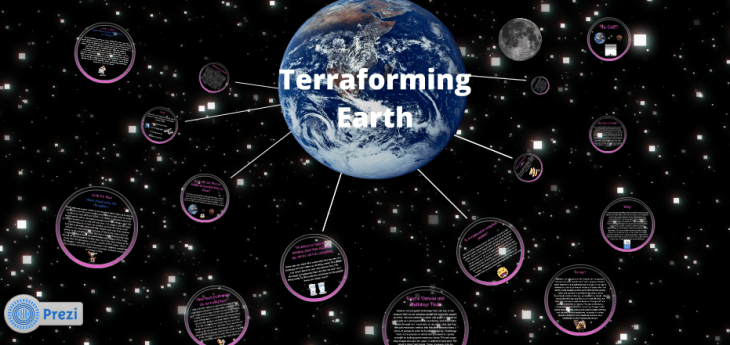
In a world where many eyes have glazed over at the thought of PowerPoint presentations, Prezi, a startup that lets you create presentations online with dynamic features like zooming and audio tracks, has made a splash. The company, started in Budapest, Hungary but now with offices also in San Francisco and Seoul, today is announcing that it has passed the 30 million mark for those who have used the platform to create presentations, adding some 1.5 million monthly at the moment and on track for 36 million by the end of this year. As a point of comparison, it was only in March of this year that the company passed the 20 million user mark.
CEO and co-founder Peter Arvai declines to say how many users pay to use the service and how many are free, or give figures that can indicate engagement on the platform such as wider audience of those who consume Prezis, but in total there are some 96 million Prezis in existence today.
In March, Prezi used the 20-million milestone to announce a long-awaited feature: audio for presentations. But today, the focus is less on new product announcements and more on global expansion. “Geographical expansion is really important,” Arvai says. While today its biggest markets are Europe and the U.S., the fastest growing are Asia and Latin America (the latter helped by Prezi launching Spanish and Portuguese versions earlier this year). Arvai predicts that longer term it will have many more users outside of the Western world than it does within it. (Indeed, if you look at Alexa, right now the next four traffic sources for Prezi after the U.S. are Mexico, India, Brazil and Spain.)
To prepare itself to pick up the pace even more, Prezi today is announcing three key hires in the U.S.: Tobey Fitch, its new head of HR, formerly led HR and strategy teams at Apple and Sprint. Scott Kabat, new CMO at Prezi, led the team that launched the Flip Video camcorder brand (now part of Cisco). And Karen Tang, new head of customer at Prezi, comes from Google, where she helped grow its Maps and Earth business. Arvai tells me there are another 25 positions open at the moment, with 170 working for the company today.
So what is it about Prezi that makes it attractive to users? It has a very simple interface and it is easy and (yes) kind of fun to create presentations on it.
But Arvai believes it is something else. “I’m realizing is that probably has to do with how our brains work,” he says. As a point of demonstration, he asked me to name my kitchen appliances, and correctly he predicted that I visualised my kitchen to do it. Turning concepts or questions into visual objects with spatial relationships, he says, “is what Prezi is good at.”
Prezi has raised some $15.5 million in funding to date from investors including Accel, Sunstone and the event organization TED. (It was TED’s first-ever investment in a startup.)
Arvai says that it’s cash flow positive at the moment and is not actively looking for another round. In fact, it’s been cash flow positive since 2009, and still has that funding in the bank, “and we’re adding to it.” The reason for this (I think: remember they don’t share these numbers at the moment) is that Prezi has a healthy freemium business. While you can create Prezis for free online, there are two paid tiers, at $59 and $159 annually, that give users additional features like the ability to create presentations privately, a desktop version and more storage space after the free 100MB allowance. The company has been offering the paid tiers from relatively early on, and it’s that interesting co-existence as a consumer and enterprise product (similar to Wunderlist or Evernote) that is likely behind some of Prezi’s success.
Just as he is reticent on funding news, Arvai is equally noncommital on acquisitions. You can see where a company like Prezi would be a nice prize for many different, larger organizations: Google or Salesforce or Microsoft to build out their enterprise-focused cloud-based service and software portfolios; LinkedIn to complement and enhance Slideshare; Scribd to complement the document effort; Dropbox as part of a bigger push into products to run on its cloud (especially enterprise products). Arvai says an acquisition exit, right now, is as likely to come as an IPO or simply staying private and independent. “It’s not a choice we really need to make right now,” he says.
As for what comes next in the product…. Prezi is built out on the agile development principle — which effectively encourages a company to work on a number of projects at the same time, and nudge them along until they are ready to launch. This is Arvai’s excuse for why he’s not going to talk about new products today, although you can very much see areas where they may come next.
One, for example, is on mobile: today the company offers iOS-based apps to make and consume Prezis, but there is to date no Android app. Another may be widgets to improve Prezi creation and consumption on other popular sites (because part of the fun with Prezi is that not only can you make presentations on it, but you can search and look at those for others — not unlike a Scribd for presentations).
Could this also mean a stronger Prezi presence on social networks? Arvai’s word choice seems to hint at this: “Our vision is to inspire people to share ideas in better ways, something bigger than a status update,” he says. “We need to become completely tech agnostic. In the long run we want the idea to come front and center, so we have a ton of work to do adopting Prezi to all kinds of platforms.”
Image: Prezi
